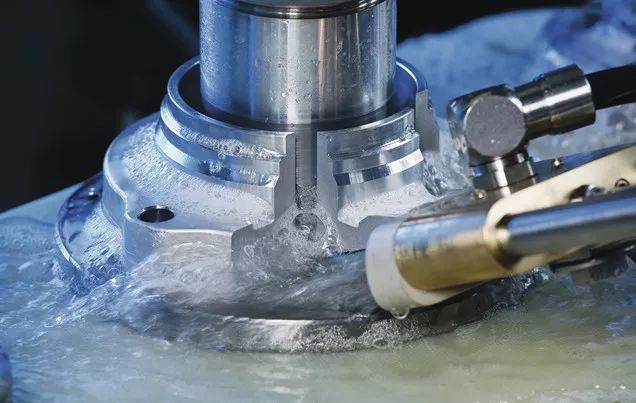To understand the question of “what is deburring”, you must understand the meaning of glitches. If you deal with machined parts, you must have encountered burrs on the parts. No matter how advanced and sophisticated equipment is used, it will be born with the product. The so-called burr is mainly a kind of extra metal chips generated at the processing edge of the processed material due to the plastic deformation of the material, especially the material with better ductility or toughness, which is particularly prone to burrs. These defects are unsightly and more important. Yes, they reduce the functionality and safety of each affected component. Therefore, deburring is essential in machining.
What Is A Burr And How Does It Affect Machining?
Burrs are small and sharp defects on the surface of machined parts. They are what we call “impurities” that affect the aesthetics of a smooth processed surface.
Metal parts go through a series of processes in the production process. Some of the processes they go through include stamping and milling. These processes are designed to mold the machined part into the desired shape. However, they are usually not perfect. It is this defect that leaves small metal ridges or protrusions on the machined surface. It is these small ridges that we call burrs.
Drilling, engraving, milling, turning and other processing processes may leave burrs on the metal surface.

When burrs form, they may appear in one of three main types:
Rollover burrs:
Rollover burrs are the most common type of burrs. They look like tiny curled metal protruding from the workpiece.
Poisson burrs:
When too much metal gathers at the end of the workpiece and extends to the side, Poisson burrs will appear.
Breakout burrs:
When you see small fragments that look like they are falling off a machined part, you may be looking at broken burrs. Separation burrs have a characteristic upward swelling shape, making them look like they are separated from the workpiece.
How To Remove Burrs On Metal?
Fortunately, with the right tools and techniques, deburring is relatively easy. Depending on the metal and application involved, deburring may take several different forms:
Manual deburring:
Manual deburring is the most common and economical deburring method. In manual deburring, experienced technicians use simple tools to manually scrape or grind the burrs on the metal parts. Although this process is easy, it is time-consuming and can greatly reduce productivity.
The labor cost is relatively expensive, the efficiency is not very high, and it is difficult to remove the complicated cross holes. The technical requirements for workers are not very high, and it is suitable for products with small burrs and simple product structure.
Mechanical deburring:
Mechanical deburring Use a deburring machine to grind away the burrs. This method is more costly, but more effective than manual deburring, so it is a popular choice in machining operations. Grinding and rolling is a mechanical method to remove burrs.
Electrochemical deburring:
If you make small metal parts with burrs, it may be difficult or impossible to remove such burrs using other blurring methods. In this case, what you need is electrochemical deburring. This method can be selected if there are burrs in areas that seem to be unreachable after using other deburring methods.
Electrochemical deburring uses electrodes that are similar in shape to the edge to be deburred. As the name suggests, it uses electricity and chemicals to remove burrs. Therefore, to perform electrochemical deburring, you need current and electrolyte. You can use sodium chloride (table salt) or sodium nitrate as an electrolyte. Solutions combined with current will remove burrs for you without stress. This method is fast and provides high accuracy in difficult areas.
The electrolyte is corrosive to a certain extent, and the workpiece should be cleaned and anti-rust treated after deburring. Electrolytic deburring is suitable for removing burrs from cross holes in hidden parts or parts with complex shapes. The production efficiency is high, and the deburring time generally only takes a few seconds to tens of seconds. This method is often used for deburring gears, splines, connecting rods, valve bodies and crankshaft oil passages, as well as rounding sharp corners. The disadvantage is that the vicinity of the part burr is also subjected to electrolysis, the surface will lose its original luster, and even affect the dimensional accuracy.
Thermal deburring:
It is also called thermal explosion deburring and explosion deburring. By passing some flammable gas into an equipment furnace, and then through the action of some media and conditions, the gas instantly explodes, and the energy generated by the explosion is used to dissolve and remove burrs. Thermal deburring uses combustible gas to generate heat and basically scald the burrs from the metal. This process is often very suitable for removing the most difficult-to-reach burrs (for example, cracks or burrs in cracks) or treating burrs on multiple surfaces at the same time.
Summarize
It is important to know which deburring method is right for your part, so that you don’t cause more damage to the part and also waste time and cost. If handled properly, deburring can help provide the smooth, perfect finish required for machined parts. However, you must also know when you do not need to deburr, which can save cost and time.


